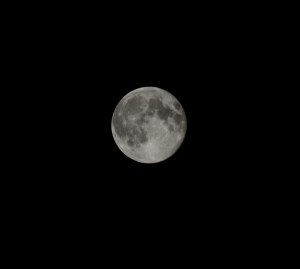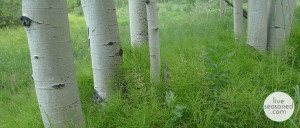
The Lyrids is considered an average shower, but here at Live Seasoned we think all meteor showers are beyond amazing. The Lyrids usually produce about 20 meteors per hour at its peak. It is produced by dust particles left behind by comet C/1861 G1 Thatcher, which was discovered in 1861. The shower runs annually from April 16-25, but we encourage you to venture outside during its peak on the night of the 22nd and morning of the 23rd. These meteors can sometimes produce bright dust trails that last for several seconds. The second quarter moon will be a bit of a problem this year, blocking the less bright meteors from view. The moon basically acts as natural light pollution. Don’t let this deter you though, go find a dark spot sometime after midnight. Lay back on a reclining lawn chair or comfortable blanket and get to gazin’. Meteors will radiate from the constellation Lyra, but can appear anywhere in the sky. Good luck!
For a little bit of background about Lyrid Meteor Shower head here.
Love your mama.

The last Friday in April is Arbor Day, so go dig a hole, plant a tree and sip some iced tea. Many cities and states across the U.S. celebrate Arbor Day on different days depending on when it’s best to plant trees in that area. North Carolina’s was way back in March! Hopefully you didn’t miss your city’s, but if you did, today is the day! Plant a tree and get your kids, friends or community involved in the action.
Welcome summer!

Sounds pretty fancy, right? It simply means three solar system bodies coming together, not in distance, but in perspective. For star watchers it means some pretty sweet night sights! It’s particularly exciting when the moon and planets are involved.
Saturday, July 5 will mark the night of the waxing gibbous moon as it groups together with the bluish colored star Spica and separates from Mars in the southwest sky. On July 6 and 7 the planets and moon will seem to cluster together even more than usual in the southern hemisphere for a truly unique sight.
